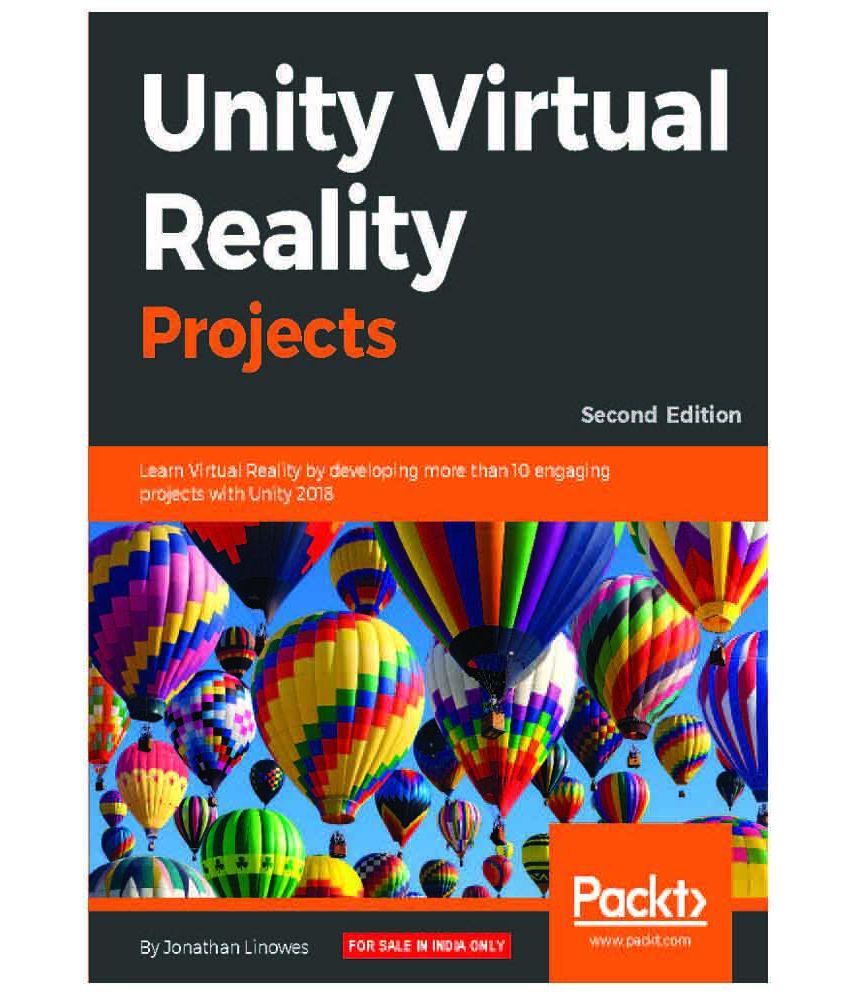Explore the latest features of Unity 2018 to create immersive VR projects for Oculus Rift, HTC Vive, Daydream and Gear VR About This Book • A project-based guide to teach you how to develop immersive and fun VR applications using Unity 3D • Build experiences with interactable objects, physics, UI, animations, C# scripting, and other Unity features • Explore the world of VR by building experiences such as diorama, first-person characters, 360-degree projections, social VR, audio fireball game, and VR storytelling Who This Book Is For If you're a non-programmer unfamiliar with 3D computer graphics, or experienced in both but new to virtual reality, and are interested in building your own VR games or applications, then this book is for you. Any experience in Unity is an advantage. What You Will Learn • Create 3D scenes with Unity and other 3D tools while learning about world space and scale • Build and run VR applications for specific headsets, including Oculus, Vive, and Daydream • Interact with virtual objects using eye gaze, hand controllers, and user input events • Move around your VR scenes using locomotion and teleportation • Implement an audio fireball game using physics and particle systems • Implement an art gallery tour with teleportation and data info • Design and build a VR storytelling animation with a soundtrack and timelines • Create social VR experiences with Unity networking In Detail Unity has become the leading platform for building virtual reality games, applications, and experiences for this new generation of consumer VR devices. Unity Virtual Reality Projects walks you through a series of hands-on tutorials and in-depth discussions on using the Unity game engine. With its practical and project-based approach, this book will get you up to speed with the specifics of Virtual Reality development in Unity. You will learn how to use Unity to develop VR applications that can be experienced with devices such as Oculus, Daydream, and Vive. Among the many topics and projects, you will explore gaze-based versus hand controller input, world space UI canvases, locomotion and teleportation, software design patterns, 360-degree media, timeline animation, and multiplayer networking. You will learn the Unity 3D game engine via the interactive Unity Editor as well as C# programming. By the end of the book, you will be fully equipped to develop rich, interactive virtual reality experiences using Unity. Style and approach A practical step-by-step guide to building impressive VR experiences with Unity 2018.

